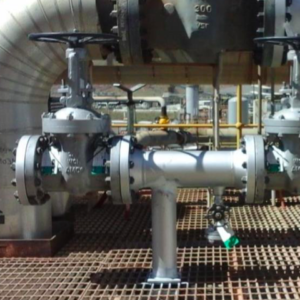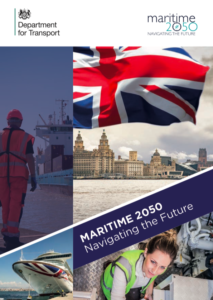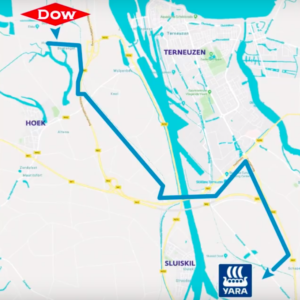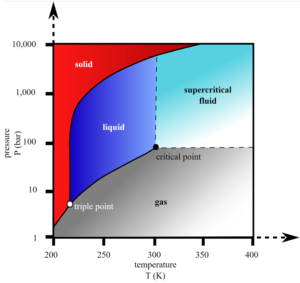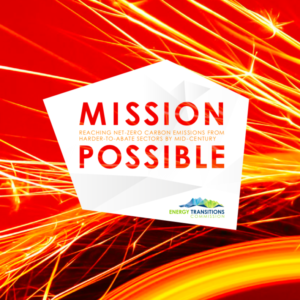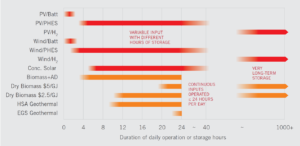Ammonia plant revamp to decarbonize: Yara Pilbara
This week, Yara announced major progress toward producing "green ammonia" at its plant in Pilbara, Australia. Its new partner in this project is ENGIE, the global energy and services group, which last year made a major commitment to developing large-scale renewable hydrogen projects. I first reported Yara's plans for a solar ammonia demonstration at its Pilbara plant in September 2017. This week's announcement means that the Pilbara project has moved to the next feasibility phase. However, major elements of the project have already been designed and built: during last year's scheduled turnaround for plant maintenance, the hydrogen piping tie-in was completed - meaning that the Haber-Bosch unit is ready to receive hydrogen directly, as soon as an electrolyzer has been built to supply it with renewable feedstock.
